Ram pumps are popular hydraulic pump varieties, particularly among other hydraulic water pumps. Agricultural, waste management, sewage, plumbing, engineering and manufacturing industries utilize hydraulic ram pumps to transfer water, though only about 10% of the water used to run the pump reaches the intended end point. Read More…
All World Machinery Supply offers high-quality, affordable pumps, motors, and power units from reputable brands like Daikin, Nachi, Eaton, Tokimec, NOP, Grundfos, Yuken, and Fuji . Our team of representatives and engineers can find or cross any pump/mortor to what you are looking for. We can even help you design a custom application suited to your fit your needs.

Perfection Hydraulics manufactures, distributes, and services hydraulic cylinders, hydraulic pumps, hydraulic valves, hydraulic gear pumps, and other hydraulic components for heavy equipment. Our products provide you with the best value available for today’s dynamic industry. With our reputation for quality and reliability, you can rely on us for your heavy duty hydraulics needs.

Enerpac is the global leader in high-force tools and equipment used in industrial markets. Our focus is to provide our customers with the most extensive line of products and accessories that maximize force to increase productivity and make work safer and easier to perform. Our comprehensive family of tools and equipment deliver reliable and dependable performance for any industrial segment.

Over 50 years, Hydro Leduc has developed more than 100 patents because of our passion for innovation in the hydraulics field. We find solutions to our customers’ most complex and demanding applications for piston pumps, hydraulic motors, hydro-pneumatic accumulators and custom hydraulic components.

More Hydraulic Ram Pump Manufacturers
Despite this drawback, the use of hydropower rather than an external source of energy to run this particular type of pump makes them a popular option in developing countries, where access to the electricity and fuel that are used to power motorized pumps can be scarce. The use of hydropower also significantly cuts energy costs for industrial plants and factories. Another benefit of the hydraulic ram is that it has only two moving parts, making installation relatively easy in areas where water is free flowing or falling.
The amount of water and the rate of fall have a significant impact on the success of the pump. A small amount of water that undergoes a significant fall can transport as much liquid through the delivery pump, as can a larger amount of water with a lesser fall. It is important to consider this when selecting both the water source and location of a pump. Size, length, diameter, maximum and minimum flow rates and operating speed should also be considered.
As aforementioned, the hydraulic ram pump has only two moving parts: the waste valve and the delivery valve. Additional components include an inlet drive pipe, a pressure vessel and a delivery pipe. The length of the pipes vary, though the length of the drive pump should be five to twelve times the vertical distance the water must travel. The pipes are constructed of durable metals such as stainless steel, copper or aluminum. A process known as plate rolling is used to manufacture the pipes for hydraulic ram pumps.
The valves are made of compatible metal components and often have rubber rings to allow for an airtight seal when closed. The hydraulic ram pump follows a fairly simple order of operation, which repeats as needed to supply the necessary amount of water to the delivery pipe. The water first flows through the drive pipe, at the end of which is the waste valve. Initially, the waste valve is open. As water flows through the pipe by the force of gravity, it builds up speed and kinetic energy.
This applies pressure to the waste valve, eventually closing it and creating a water hammer, or pressure surge resulting from the sudden stop. The force of this surge opens the delivery check valve, and the water flows through the pressure chamber and delivery pipe. The pressure in the pump then falls, the delivery valve closes, the waste valve reopens and the cycle repeats. While the pressure chamber is not an essential component, it provides a more constant flow than pump systems that do not include the chamber.





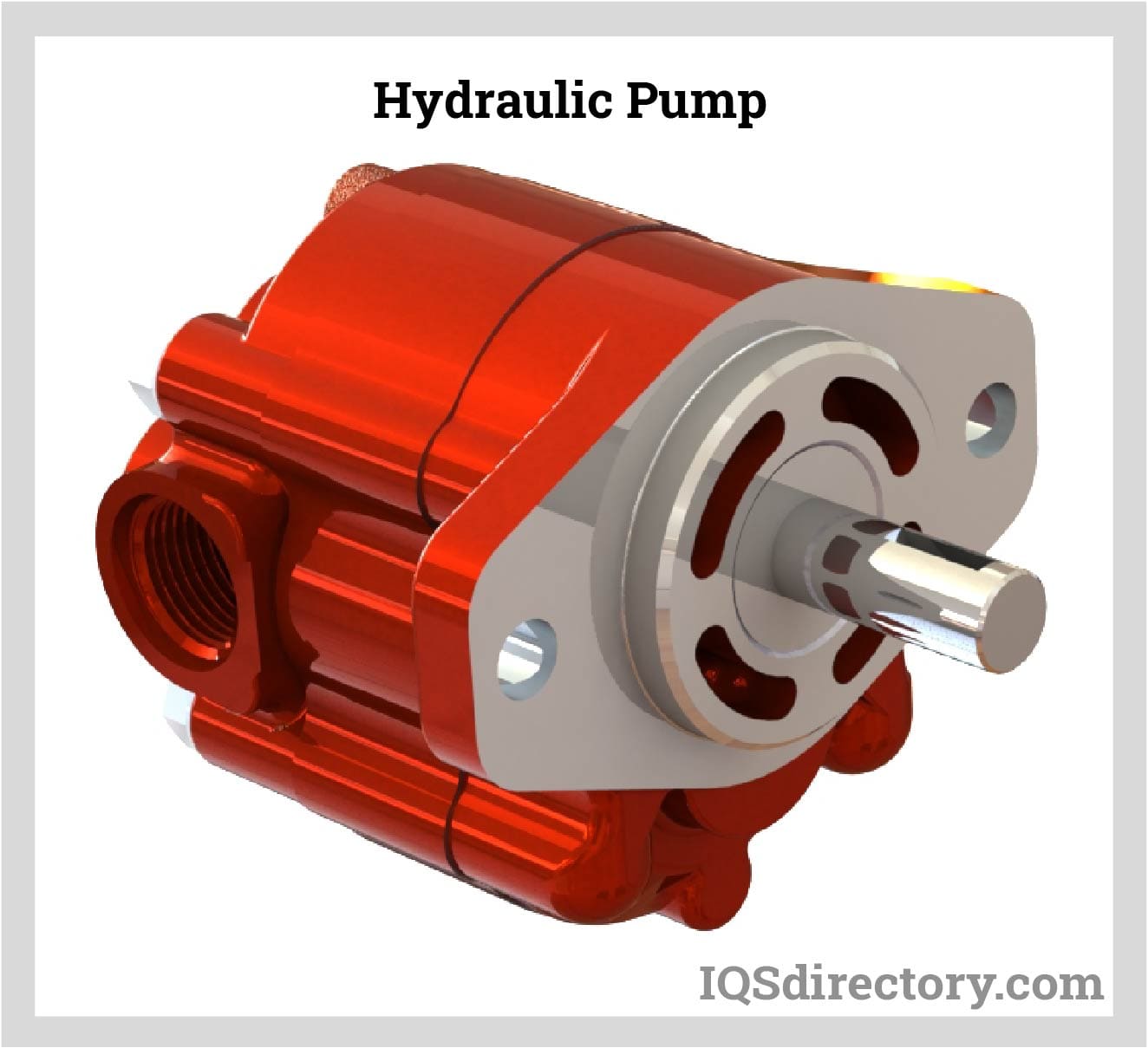
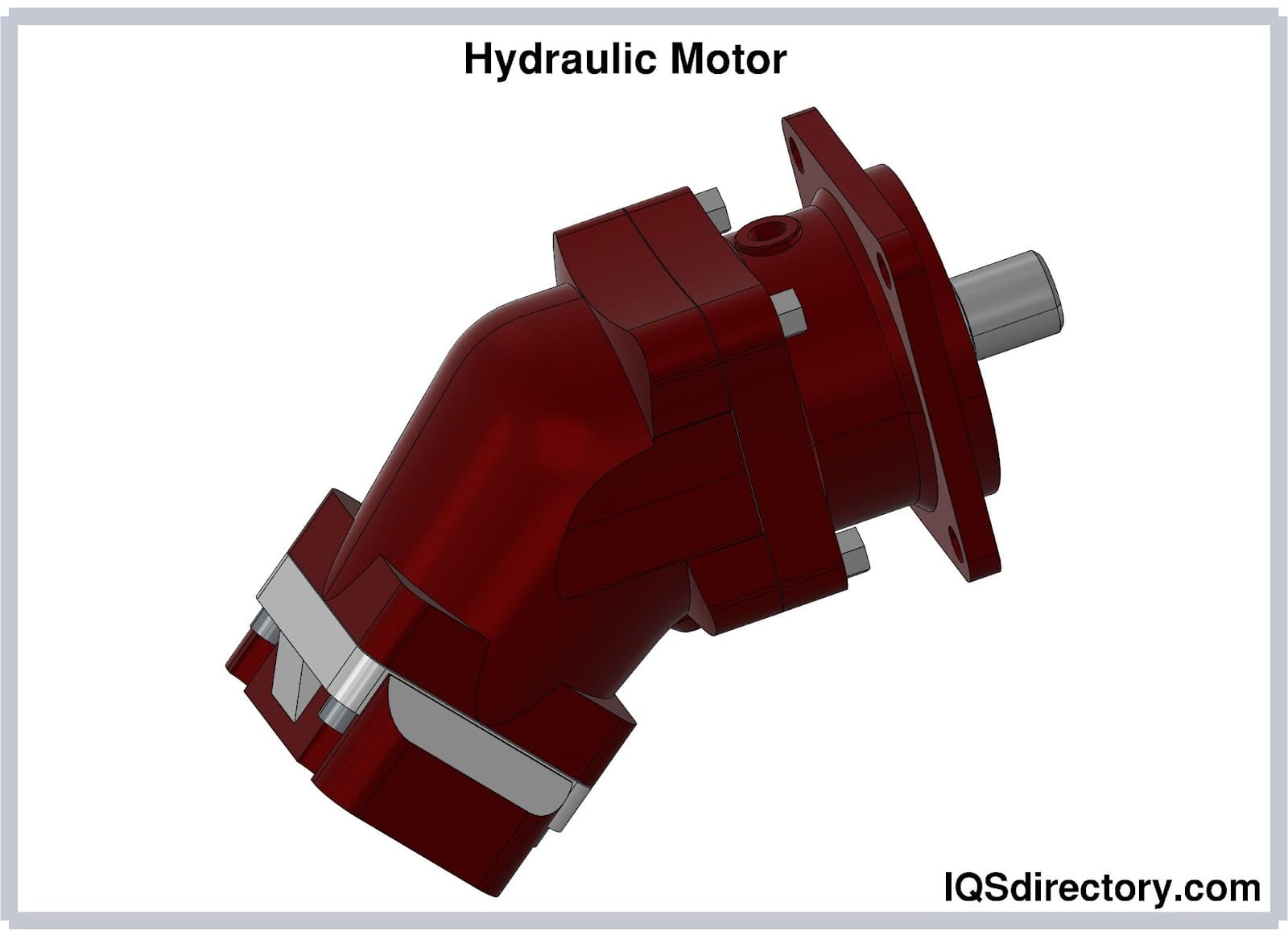
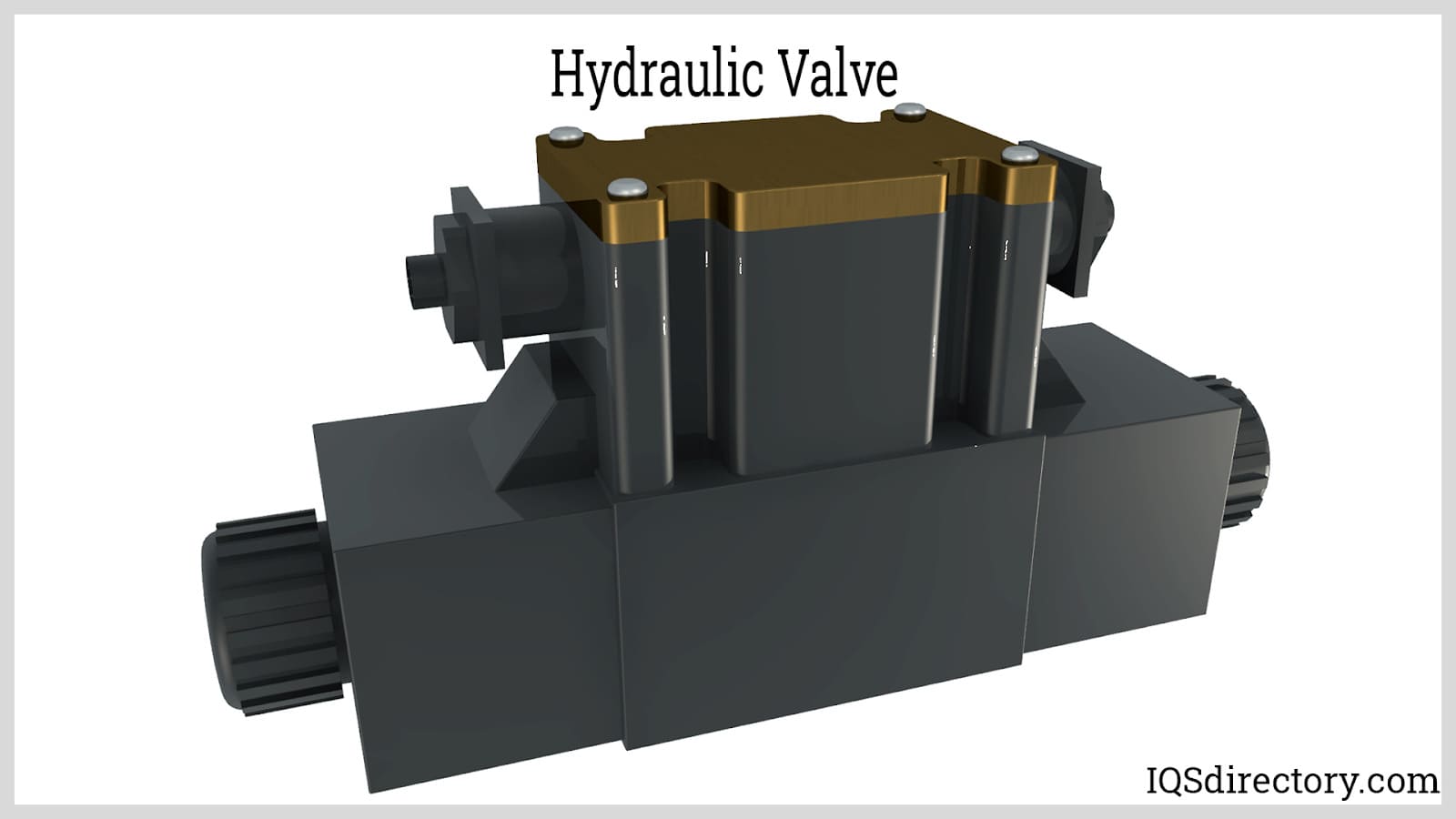
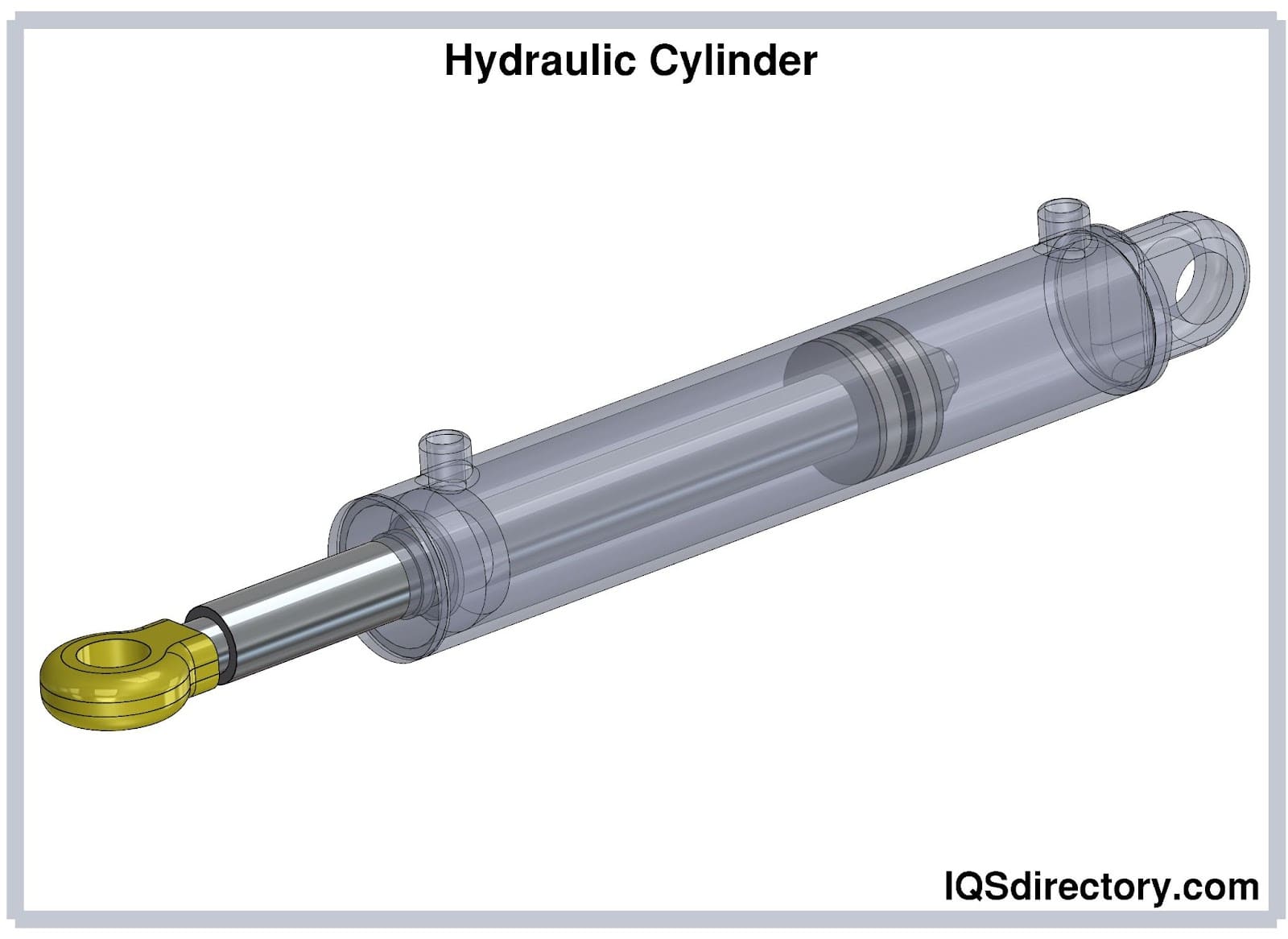
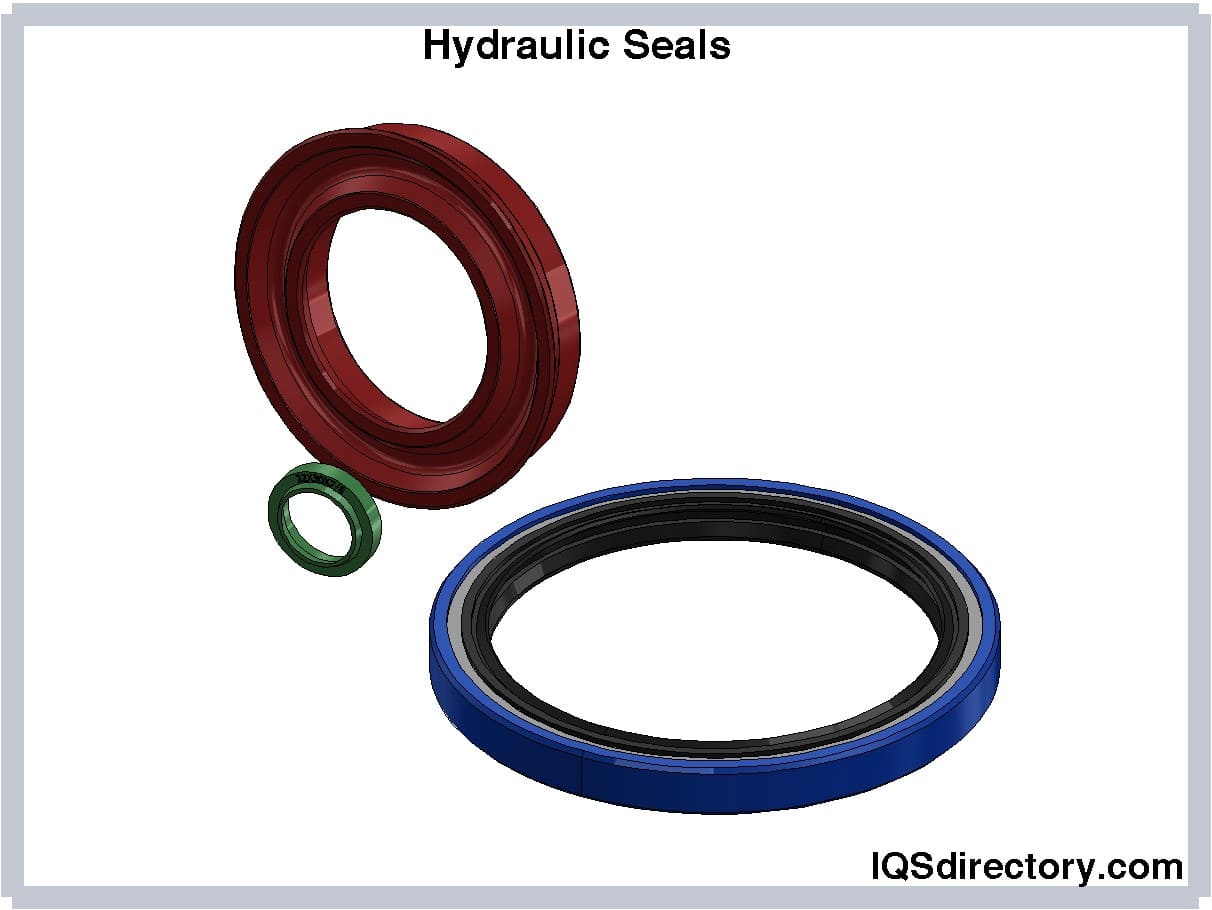
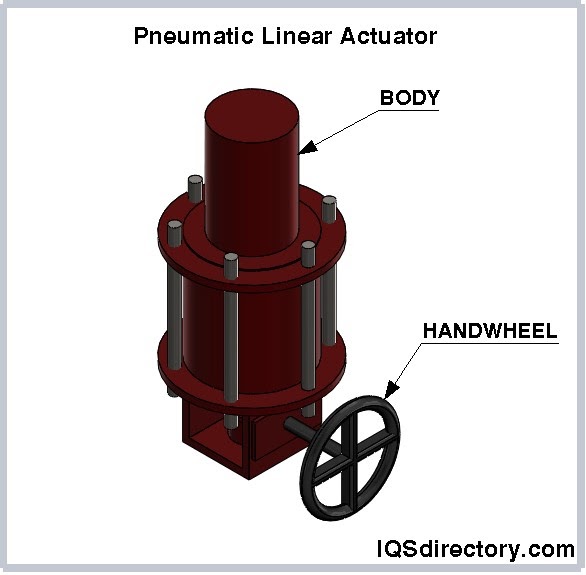
 Hydraulic Cylinders
Hydraulic Cylinders Hydraulic Lifts
Hydraulic Lifts Hydraulic Motors
Hydraulic Motors Hydraulic Presses
Hydraulic Presses Hydraulic Pumps
Hydraulic Pumps Hydraulic Seals
Hydraulic Seals Hydraulic Valves
Hydraulic Valves Castings & Forgings
Castings & Forgings Bulk Material Handling
Bulk Material Handling Electrical & Electronic Components
Electrical & Electronic Components Flow Instrumentation
Flow Instrumentation Hardware
Hardware Material Handling Equipment
Material Handling Equipment Metal Cutting Services
Metal Cutting Services Metal Forming Services
Metal Forming Services Metal Suppliers
Metal Suppliers Motion Control Products
Motion Control Products Plant & Facility Equipment
Plant & Facility Equipment Plant & Facility Supplies
Plant & Facility Supplies Plastic Molding Processes
Plastic Molding Processes Pumps & Valves
Pumps & Valves Recycling Equipment
Recycling Equipment Rubber Products & Services
Rubber Products & Services